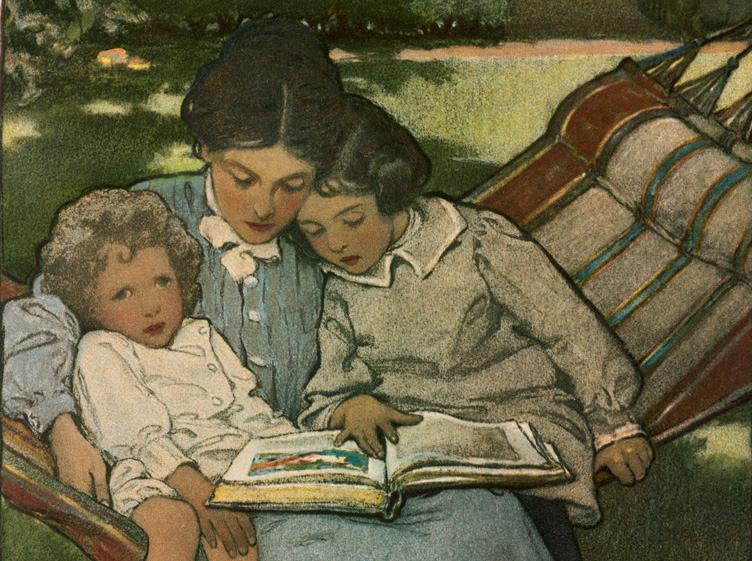I took a trip to my local library the other day, visiting the children’s section for the first time in a while.
I was appalled.

I took a trip to my local library the other day, visiting the children’s section for the first time in a while.
I was appalled.